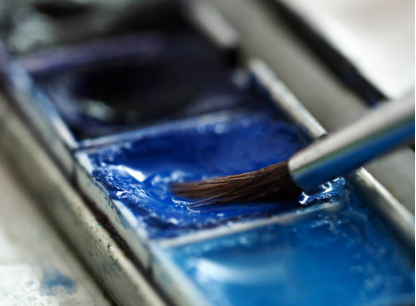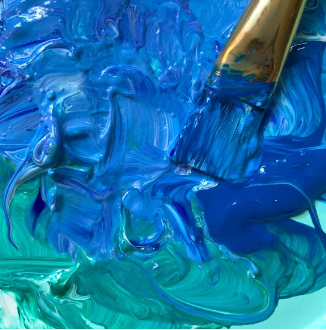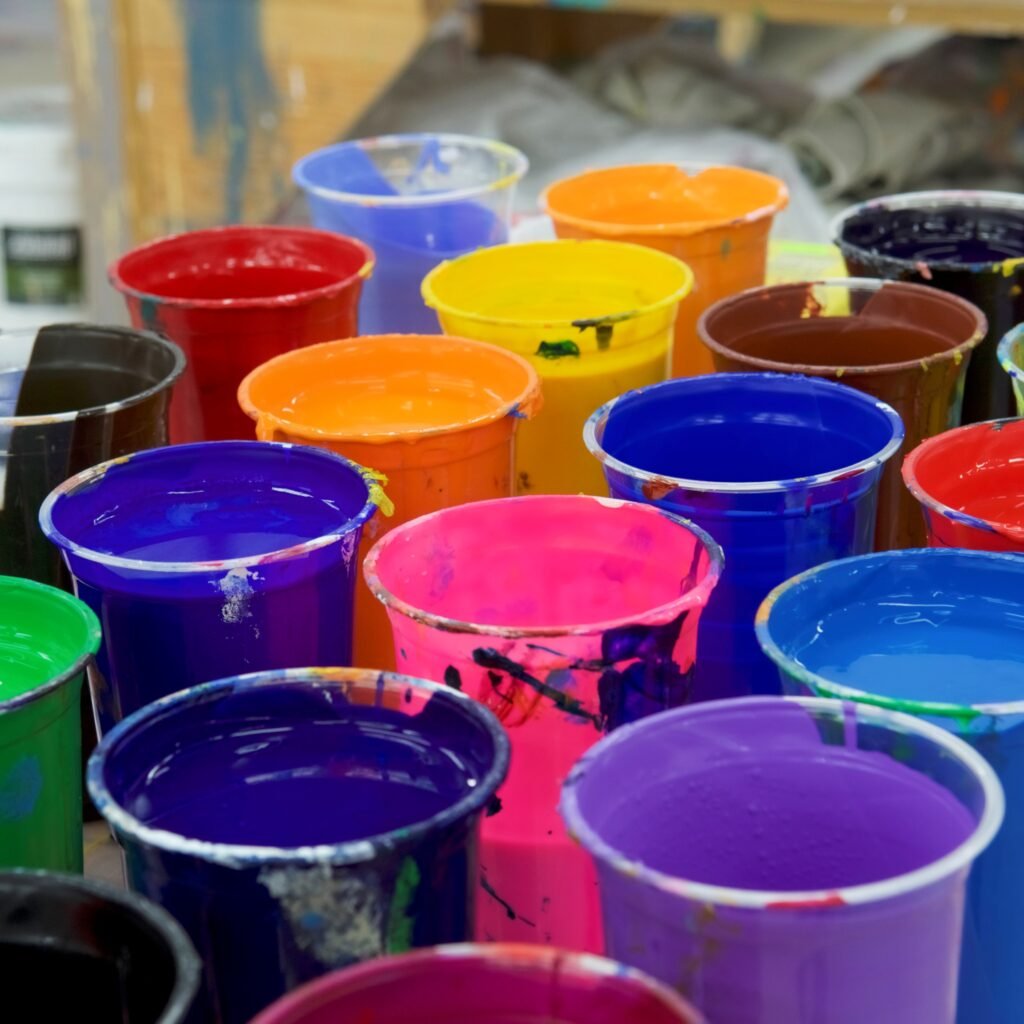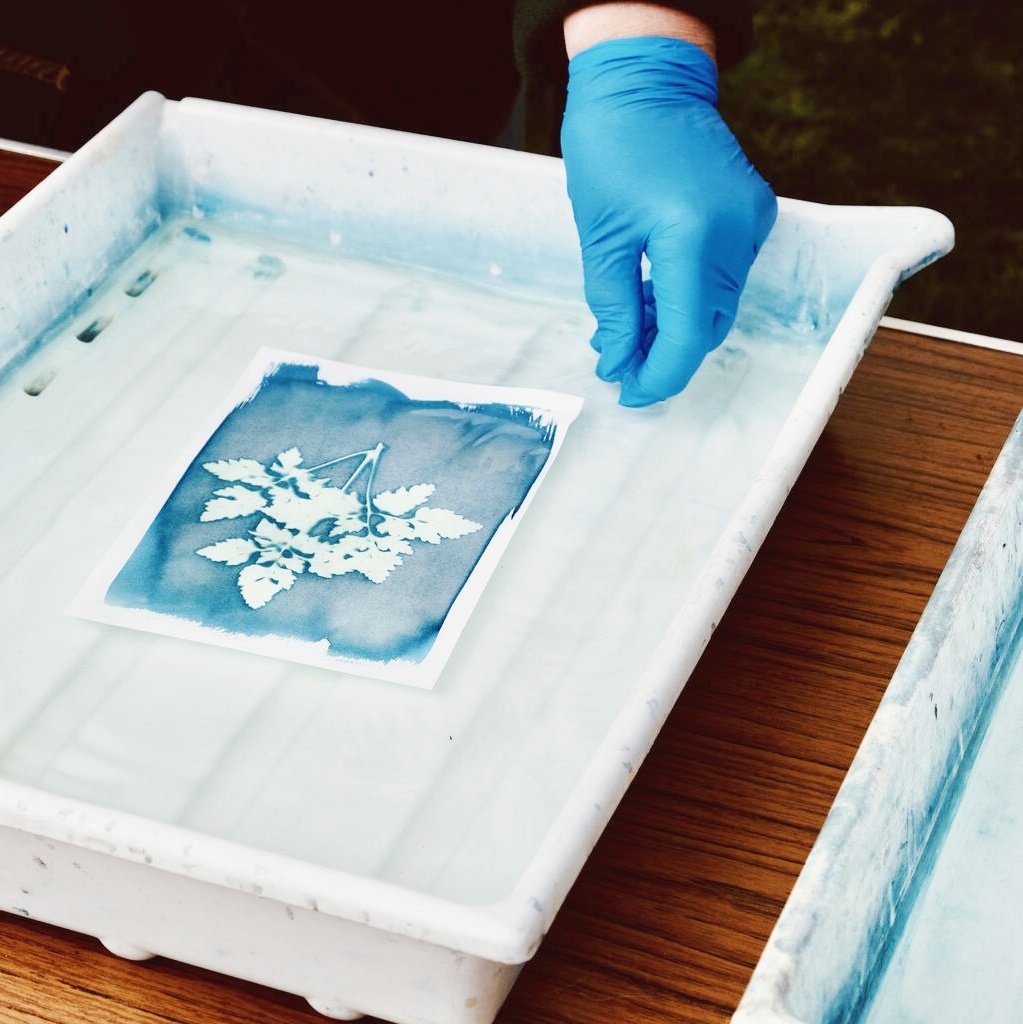Spis treści
Tusz Plastisolowy o Wysokiej Gęstości do Druku Tekstylnego: Łatwy Przewodnik
Meta opis: Dowiedz się jak tusz plastizolowy o dużej gęstości Tusze o wysokiej gęstości pomagają tworzyć jasne, mocne wzory na ubraniach. Odkryj wskazówki, zastosowania i rozwiązania typowych problemów.
1. Czym jest tusz plastizolowy o dużej gęstości?
Tusz plastizolowy o dużej gęstości jest gruby, Tusz na bazie PVC służy do drukowania wzorów na tkaninach.
Kluczowe korzyści
- Trwałość: Zachowuje połysk po praniu.
- Wytrzymałość na rozciąganie: Nadaje się do tkanin elastycznych.
- Nieprzezroczystość: Pojawia się na ciemnych ubraniach.
Typowe zastosowania:
- Odzież sportowa (koszulki drużynowe).
- Artykuły reklamowe (bluzy z kapturem, torby).
2. Plastizol o dużej gęstości kontra inne tusze
| Rodzaj tuszu | Najlepszy dla | Wady |
|---|---|---|
| Plastizol | Odważne wzory, ciemne tkaniny | Nieekologiczny |
| Na bazie wody | Miękka w dotyku | Wymaga wstępnej obróbki tkaniny |
| Wypisać | Tkaniny bawełniane | Z czasem zanika |
| Sublimacja | Tkaniny lekkie | W przypadku stosowania tuszy o dużej gęstości nie zaleca się stosowania żadnej tekstury, gdyż pozwala to na uzyskanie gładkiego wykończenia. |
Wybierz plastizol dla:
- Efekty 3D (Wypukłe nadruki) można uzyskać stosując dodatki spęczniające w formulacjach tuszy o dużej gęstości.
- Ciemne tkaniny bez wstępnej obróbki.

3. Jak używać tuszu plastizolowego o dużej gęstości
3.1 Konfiguracja ekranu
- Liczba oczek ekranu: Używać Oczka 110-160.
- Szablon: Wybierać film kapilarny do ostrych krawędzi.
3.2 Nakładanie tuszu
- Wydrukować: Dodaj tusz do tkaniny.
- Błysk: Suszyć suszarką pneumatyczną przez 10 sekund.
- Wydrukuj ponownie: Dodaj więcej tuszu do podniesiona faktura.
3.3 Utwardzanie
- Temperatura: Aby uzyskać najlepsze rezultaty w przypadku tuszów o dużej lepkości, należy zadbać o jej stałość. 320°F przez 60–90 sekund.
- Test: Rozciągnij tkaninę. Jeśli pęknie, utwardzaj dłużej.
4. 5 najważniejszych zastosowań tuszu plastizolowego
- Odzież sportowa: Trwałe loga (Nike, Adidas).
- Moda: Projekty świecące w ciemności.
- Odzież robocza: Etykiety, których się nie zdrapie.
- Przedmioty promocyjne: Jasne nadruki na torbach.
- Przyjazne dla środowiska: Plastizol bez ftalanów (Zielona Galaktyka).

5. Rozwiązywanie typowych problemów
| Problem | Rozwiązanie |
|---|---|
| Przy stosowaniu farb o dużej gęstości w sitodruku mogą powstawać dziurki. | Użyj gęstszego tuszu lub popraw napięcie sita. |
| Pękanie często zdarza się, gdy emulsja nie zostanie odpowiednio utwardzona podczas sitodruku. | Utwardź w temperaturze 320°F, aby zapewnić odpowiednią przyczepność emulsji podczas sitodruku. |
| Słaba przyczepność | Wstępna obróbka tkanin poliestrowych. |
6. Najlepsze narzędzia do drukowania plastizolem
- Atramenty: Wilflex HD, Związek Ultrasoft.
- Ekrany: Sefar lub siatki Murakamiego.
- Suszarki: Suszarki taśmowe Anatol.
- Przyjazne dla środowiska: BASF-Palatinol® plastyfikatory.
7. Przyszłe trendy
- Drukowanie hybrydowe: Wymieszaj plastizol z Kornit Drukarki cyfrowe mogą wytwarzać obrazy o dużej gęstości, nadające się do druku sitowego.
- Tusze biodegradowalne: Seria ekologiczna Matsui.
- Inteligentne tusze: Tusze zmieniające kolor, stosowane w sitodruku, mogą nadać Twoim projektom głębię. pigmenty termochromowe.
8. Często zadawane pytania
Czy tusz plastizolowy jest wodoodporny?
Tak! Po utwardzeniu jest odporny na wodę.
Czy mogę drukować na nylonie?
Tak, ale należy wcześniej przygotować tkaninę, aby mieć pewność, że emulsja dobrze przylega do sitodruku.
Jak czyścić ekrany?
Do skutecznego czyszczenia materiałów do sitodruku używaj płynu do czyszczenia spryskiwaczy i myjki ciśnieniowej.
9. Wnioski
Tusz plastizolowy o dużej gęstości świetnie nadaje się do mocnych, jasnych wydruków. Użyj ekologiczny plastizol i narzędzia takie jak Wilflex lub Sefar aby uzyskać najlepsze rezultaty.



